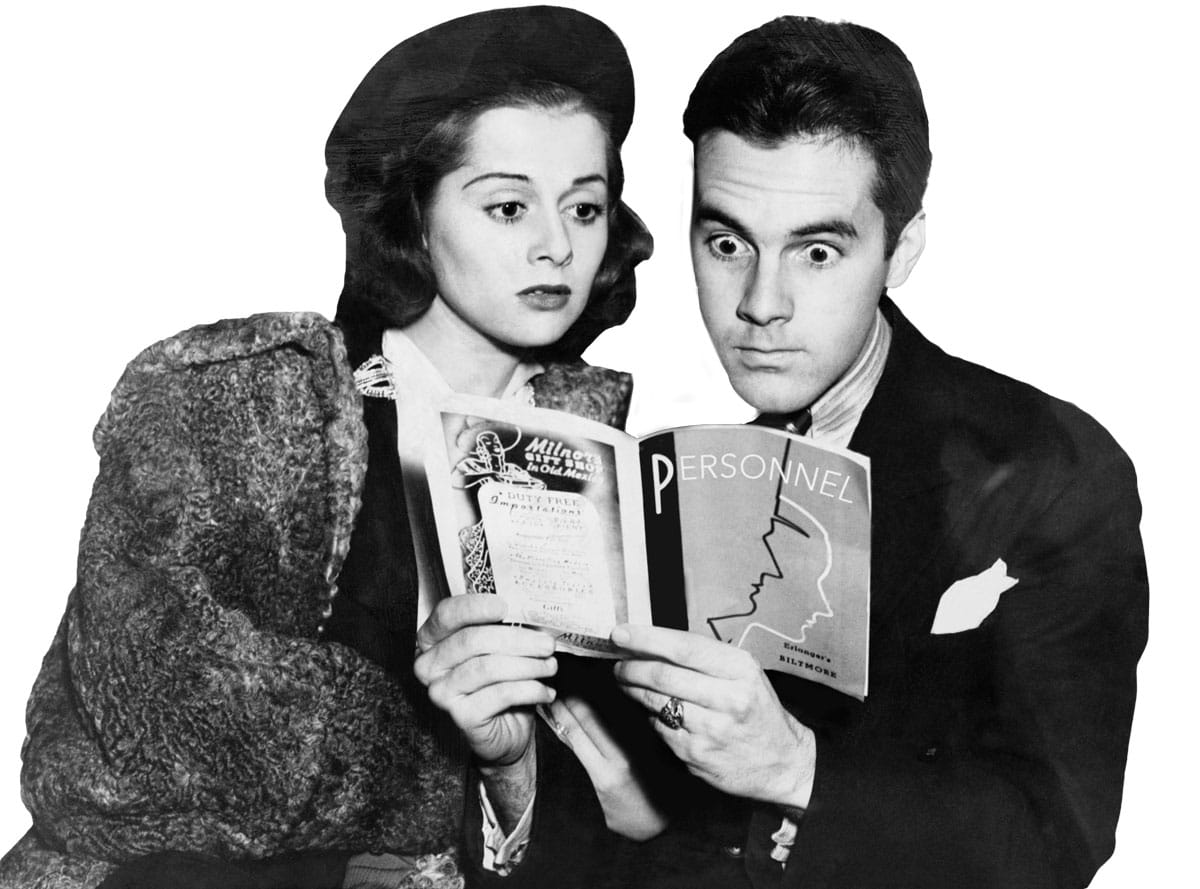Staffing Management
HR History: Beware! Baby Boomers Ahead!
By Andie Burjek, Rick Bell
Sep. 25, 2019
The workplace has changed a lot since 1922. That year The Journal of Personnel Research debuted, rebranded later as Personnel Journal and finally Workforce. Now in our 97th year, we take a look back at what was on the minds of past generations of people managers.
A Woman’s Place in the Workforce, December 1958
As the 1950s came to a close, government economist Agnes W. Mitchell looked forward to the 1960s and women’s place in the workforce. “To remove women from the business world would result in the collapse of the entire structure, “ wrote Mitchell in “Women Working — in the 1960s.”
 In 1958, 33 percent of the workforce was comprised of women, and Mitchell suggested that out of the 10 million workers expected to join the workforce by 1965, half would be women. She also noted that the trend of more women working was happening at the same time that women were getting married earlier than before. Half of women were married by 21 and 93 percent by age 35. It was becoming acceptable, at least for middle- and upper-class women, to enter the labor market because it was what they wanted rather than out of economic necessity.
In 1958, 33 percent of the workforce was comprised of women, and Mitchell suggested that out of the 10 million workers expected to join the workforce by 1965, half would be women. She also noted that the trend of more women working was happening at the same time that women were getting married earlier than before. Half of women were married by 21 and 93 percent by age 35. It was becoming acceptable, at least for middle- and upper-class women, to enter the labor market because it was what they wanted rather than out of economic necessity.
Mitchell added that automation brought uncertainty to the future of working women. “Employers have traditionally dismissed women rather than men during reductions in force. Will automation cause any significant unemployment for women?”
The article also contained “facts” that would sound silly or sexist now. “A majority of women are believed to have had job experience at some point during their lives.” She also explained how women tend not to have supervisory positions because “male supervisors are frequently preferred by both men and women.”
— Andie Burjek
Beware! Baby Boomers Ahead, September 1980
Look no further than the September 1980 of Personnel Journal to see how entrenched personnel managers viewed the generational onslaught of … baby boomers!
We’re talking about those whippersnappers born in the mid- to late 1950s. The established personnel leaders of course came from the Silent Generation who were anything but silent in a panel discussion about the changing workforce. Said Douglas Marr, AVP of an insurance firm: “It was different 20 years ago. You paid your dues and worked your way up the corporate ladder.” Personnel administrator Jason B. Strode stated: “We have young people adjusting to work life … and the conflicts between their expectations and older employees and their values … impact the organization.” Marr also noted: “We have a whole populace of generally conservative people who are facing a new group of workers who expect freedom of choice, to have a say in the organization and manage their own careers.”
It’s clear that personnel managers in 1980 were as obsessed with managing a new generation as today’s HR pros. Marsha Sinetar’s piece “Management in the New Age: An Exploration of Changing Work Values” leads with “The management practices of the ’60s and ’70s will not do for the 1980s.” Concluding the “some things don’t change” refrain, Phillip J. Decker covered “Homosexuality and Employment: A Case Law Review.” We may call it LGBTQ rights today, but yeah. The case for workplace equality continues.
— Rick Bell
Also in “From Personnel to Workforce”:
Introducing the Personnel Man (January 1957)
Schedule, engage, and pay your staff in one system with Workforce.com.